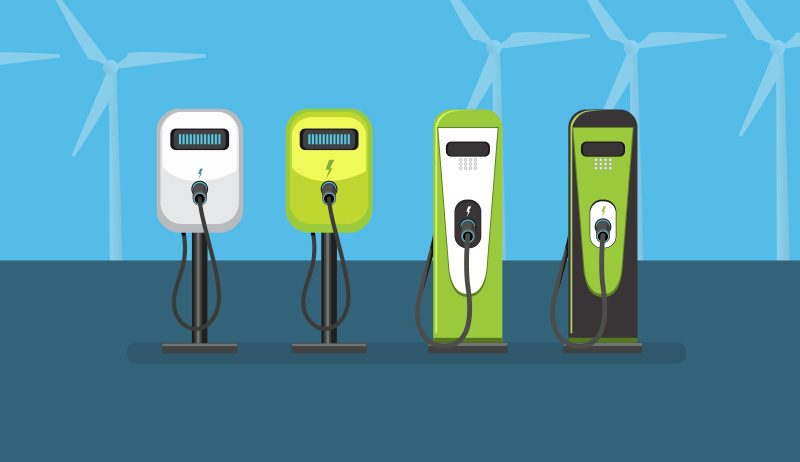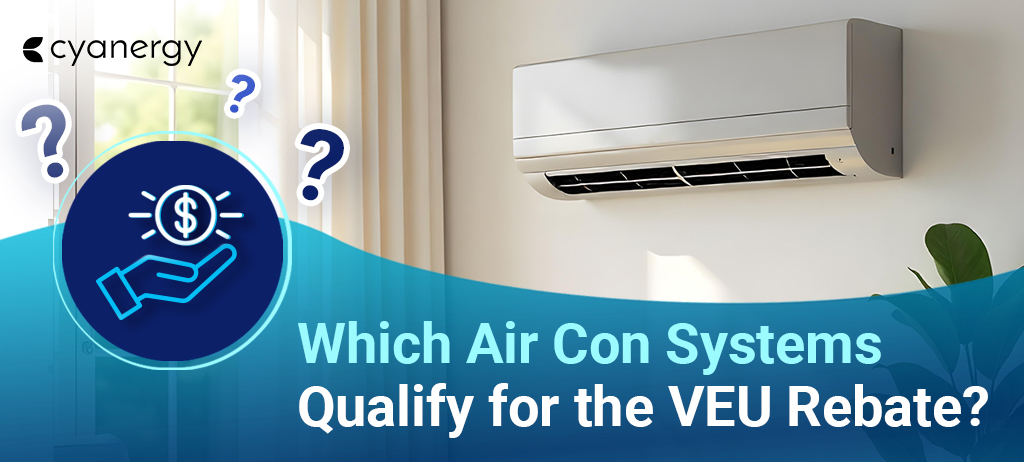In today’s world, the adverse effects of climate change are visible. Businesses worldwide are realising the importance of sustainable practices that are good for the environment.
Sustainable transportation solutions are essential for most industries. It is vital to help with environmental responsibility. As a result, business solutions with sustainable transportation are becoming more common.
But What is Sustainable Transportation?
The term green transport or sustainable transport refers to any eco-friendly way of travelling using electric vehicles, public transportation, biking, walking, and using biofuels made from renewable sources.
Research shows that using green transport can help cut down on harmful emissions, air pollution, noise, traffic jams, and fuel expenses. It can also make people healthier and happier and promote fairness in society.
Green transport is seen as crucial for reaching global goals to tackle climate change since the transportation sector currently contributes to 20-30 per cent of the world’s carbon emissions.
Australia faces several challenges and opportunities when it comes to switching to green transport, given its vast size, spread-out population, heavy reliance on cars and trucks, and limited use of public transport and walking or biking.
However, Australia also has plenty of renewable energy sources. Solid research and innovation abilities and a growing awareness among the public can promote it more.
People involved in this issue are watching closely to see how trends and efforts will shape the future of green transport not only in Australia but in other places, too.
Different Types of Sustainable Transportation

There might be discussions in Australia about stopping the sale of cars that run on regular engines. For example, in 2022, the government of the Australian Capital Territory declared they want to stop selling vehicles with regular engines by 2035, following what the European Union plans to do.
We have yet to determine if other parts of Australia will follow what the ACT is doing. However, for people who want to drive environmentally friendly cars, there are more options available now.
Hybrid cars have been around in Australia for over 20 years. These cars use both petrol and electricity. It has been popular because they rely on electricity and petrol.
Therefore, you don’t have to worry as much about running out of power. They also produce fewer emissions than regular petrol or diesel cars.
Plug-in hybrid electric cars are a kind of hybrid car that you can plug in to recharge the battery. This is different from regular hybrids, where the battery charges up when you brake. There are now over 20 models of plug-in hybrid cars available in Australia.
Electric cars run entirely on electricity, and they will become more popular than hybrid, petrol, or diesel cars in the future.
You can charge them at home or charging stations, and these charging stations are becoming more common at places like gas stations, parking lots, and on the street.
Small electric cars can also help with making transportation more sustainable and reducing air pollution. However, they’re not suitable for long trips, and they’re less safe than regular cars.
For public transportation, buses and trains can switch to hybrid or electric options, which are better for the environment. Electric trains are better for long trips, and electric trams can be used for transportation within cities.
There are also more trucks available now that produce fewer emissions. Some companies, like DAF and Tesla, make fully electric trucks, while others, like Scania and Volvo, make hybrid trucks.
Besides hybrids and electric vehicles, some cars run on different fuels that are cleaner than petrol or diesel. There are fuel cell cars that use hydrogen to make electricity, and the only thing they produce is water vapour.
Natural gas is cleaner than petrol or diesel, so cars that run on compressed natural gas are another option. Flexible fuel cars can use either petrol or ethanol, which is a renewable fuel made from plants.
Sustainable Energy Sources, Batteries, and Efficiency

A big worry about electric cars is whether they’re perfect for the environment if they get their electricity from coal, oil, or gas power plants instead of renewable sources. This is something essential to think about when making decisions about energy.
According to predictions from the Australian Electricity Market Operator, renewable energy should make up 83 per cent of the energy we use by 2030. But we still have a lot of work to do to reach that goal.
Right now, Clean Energy Council data shows that in 2022, about 35.9% of our electricity came from renewables. That’s more than double what it was in 2017 when it was only 16.9%.
Making batteries can cause problems, too. We have to get materials like cobalt and lithium, and sometimes, that involves a lot of transportation and might need to be better for the environment and the people working in the mines.
But Australia also produces cobalt and lithium, so if we make batteries here, it could be better for the environment and help our economy.
As more electric cars get on the roads, we’ll need more places to charge them. However, in Australia, people are starting to buy electric vehicles.
In 2022, only about 33,416 new electric cars were sold, according to the Federal Chamber of Automotive Industries.
There are about 3,700 places to charge electric cars across 2,100 locations in Australia, according to a report from the Electric Vehicle Council in October 2022.
Cars that run on hydrogen or compressed natural gas aren’t well-liked anymore. However, vehicles that can use different fuels have more options for where to get fuel.
However, some people worry that using crops like corn or other plants for fuel might mean there’s less food for people to eat.
So, we need to think about better ways to make fuel from plants without hurting our ability to grow food. Using leftovers from forests and farms, waste from homes and businesses, and growing plants just for fuel could help fix these problems.
The Future of Sustainable Transportation
Innovations and solutions for sustainable transportation solutions are already ongoing. They’ll shape how we travel in the future.
As electric vehicles (EVs) get better and there are more places to charge them, more people are expected to start driving them. Public transport companies and taxi services are also beginning to use vehicles that don’t produce emissions.
Other popular trends in eco-friendly transportation include shared ways of getting around, like sharing cars or bikes. These services can help reduce the number of vehicles on the road and can be cheaper for people who don’t need a car every day.
Encouraging people to switch from regular cars to electric ones, improving public transport, and making it easier to walk or bike are all becoming more important in different countries.
These changes are prevalent and easier to do in cities. In Australia’s remote areas, better public transport, electric buses that can go longer distances, and more places to charge EVs will help make long trips more eco-friendly.
Australian Business’s Role in A Sustainable Transportation Future

The future of sustainable transportation solutions can make a big difference in how people live and work. Australia could have a future where transportation is good for the environment and helps everyone, but it requires a clear plan and some significant changes from how things are now.
Things like self-driving cars, electric cars, and shared transportation can help cut down on pollution, traffic, and accidents and make it easier for everyone to get around.
But if we don’t plan carefully, these new technologies could make existing problems worse. If everyone starts using their self-driving cars, there could be even more cars on the road, which would cancel out the benefits. On the other hand, if we have services where people share cars, there could be fewer cars overall, which would help with traffic.
Businesses should think about how they can use these new transportation ideas in their work, like changing how they run their fleets or how they move things around.
It also says that businesses and the government should work together to make sure transportation is good for the environment and helps everyone.
Renewable Energy Adoption in Transportation
Renewable energy is vital for making supply chains better for the environment. Renewable energy helps companies use more sustainable practices in their transportation.
It helps to monitor how energy is being used and how much carbon is being produced in real time. This allows companies to see where they can start using cleaner energy, like setting up charging stations for electric vehicles that get their power from solar panels or wind turbines.
Contact Cyanergy for any commercial solar needs. Get a free solar quote right now!







